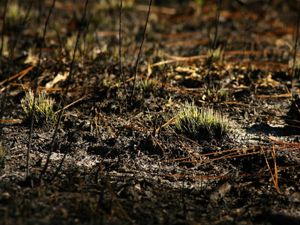The Future Forest: The Appalachians face multiple threats. Scientists are working to boost their adaptability.
The Appalachian landscape is a diverse, steadfast refuge for wildlife, but the world around it is changing. Scientists are researching how to make these woods more adaptable—and resilient—than ever.












